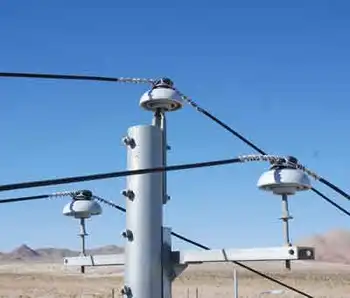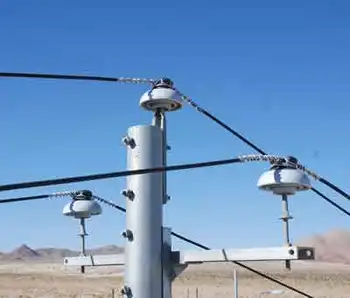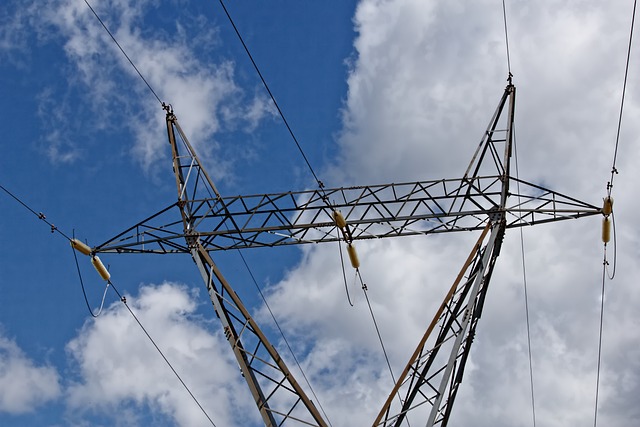Cylindrical cells give new meaning to solar sunroof
By Scientific American
Electrical Testing & Commissioning of Power Systems
Our customized live online or in‑person group training can be delivered to your staff at your location.

- Live Online
- 12 hours Instructor-led
- Group Training Available
By covering these roofs with large, flat arrays of cylindrical thin-film solar cells (think massive installations of fluorescent tubes, only absorbing light rather than emitting it), Fremont, Calif.–based Solyndra, Inc., hopes to harness that energy.
"With a cylinder, we are collecting light from all angles, even collecting diffuse light," says CEO Chris Gronet, who founded the solar cylinder company in 2005 based on an idea he had late one night while pondering less expensive ways to install photovoltaic panels. Because the arrays do not have to be angled or anchored into the roof, he adds, "we have half the installation cost and can install in one third the time."
Solyndra is now churning out copper-indium-gallium-selenide (CIGS) thin-film solar cells, wrapped into a cylindrical shape and encased in glass. This design not only seals out moisture but allows the glass to act as a sunlight concentrator, funneling photons onto the thin film, according to Gronet. He says the Fremont plant, which opened in the spring, will ultimately be capable of producing 110 megawatts worth of solar cylinders annually, but he declined to specify how many cylinders that is.
The company says that the solar cylinders — paired with a roof painted white to better reflect sunlight — can collect 20 percent more sunshine than their conventional flat counterparts. The estimate is based on 50 kilowatts worth of the tubular cells that the company installed on its own roof.
As it stands, Solyndra's CIGS solar cells convert as much as 14 percent of the sunlight that hits them to electricity and, all told, Gronet expects that a Solyndra system will deliver twice as many kilowatt-hours of electricity from a given rooftop.
The cylindrical design also allows Solyndra to lay its arrays flat and to space them so that the wind can flow through them, rather than lift them up like it can with angled arrays. This means that the solar cylinders can be installed without affixing them onto the roof — and still withstand up to 130 mile-per-hour (209 kilometer-per-hour) winds.
"Our test installation in Florida survived the recent hurricane," Tropical Storm Fay, Gronet says. "Because of the lower installation cost, we have a clear path to grid parity." In other words, the newly shaped cells have the potential of harnessing solar power at around the same price as electricity from coal-fired power plants, currently the cheapest generation option at around six cents per kilowatt hour. Typical solar photovoltaic installations, on the other hand, cost roughly 25 to 50 cents per kilowatt-hour of electricity, roughly one half of which is related to the expense of physically installing them.
Gronet declined to reveal the cost of manufacturing solar cylinders or the price tag of electricity it delivers—primarily because if they are able to deliver lower cost electricity they want to preserve that extra profit for their customers, he admits. The solar cylinders thrive in countries that set a minimum guaranteed price for solar electricity, such as Spain and Germany where the so-called feed-in tariff is as much as 44 Euro cents per kilowatt-hour.
As a result, Phoenix Solar, AG, a German company that installs solar power systems, is Solyndra's biggest customer to date—and the latter claims to have $1.2 billion in multiyear contracts, largely because the cylinders can be installed in days rather than weeks and do not require special supports. The company already has 10 prototype installations, located in Germany as well as in California, Florida, Pennsylvania, Utah and Washington, D.C.
The questions that remain include price and reliability in manufacturing, according to environmental engineer Vasilis Fthenakis, senior scientist at Brookhaven National Laboratory's National Photovoltaic Environment Research Center in Upton, N.Y., and Columbia University. "Companies have had difficulties producing CIGS without many defects," he says. "They may get more from deflected or reflected light but how much more? That needs to counterbalance the increased costs of production," due to the cylinder design and specialized thin-film materials.
That said, commercial rooftops are already among the most promising areas for installing solar power. "We envision large-scale photovoltaics in the desert but it's much easier for people to accept systems on the roof," Fthenakis notes. "It's cheaper to put them on roofs than on real estate."











